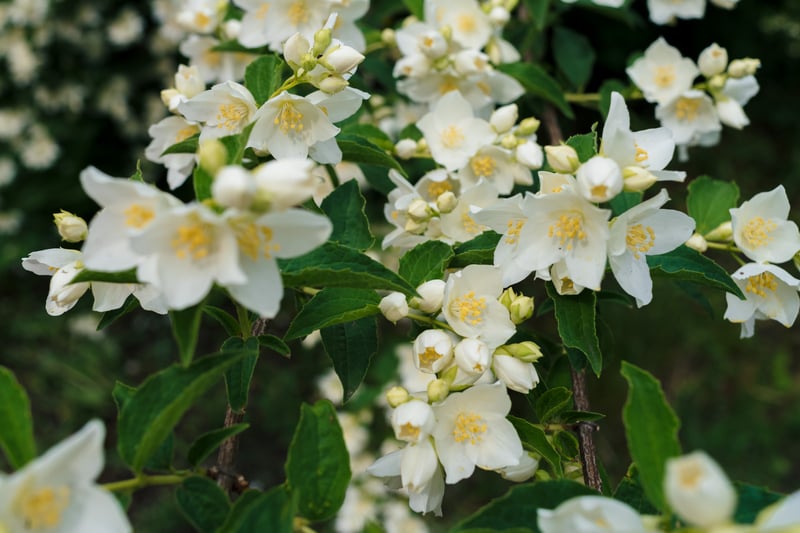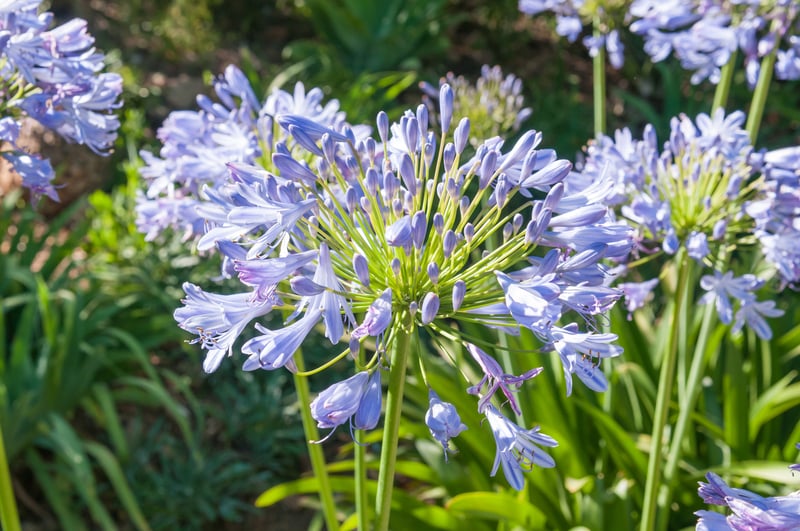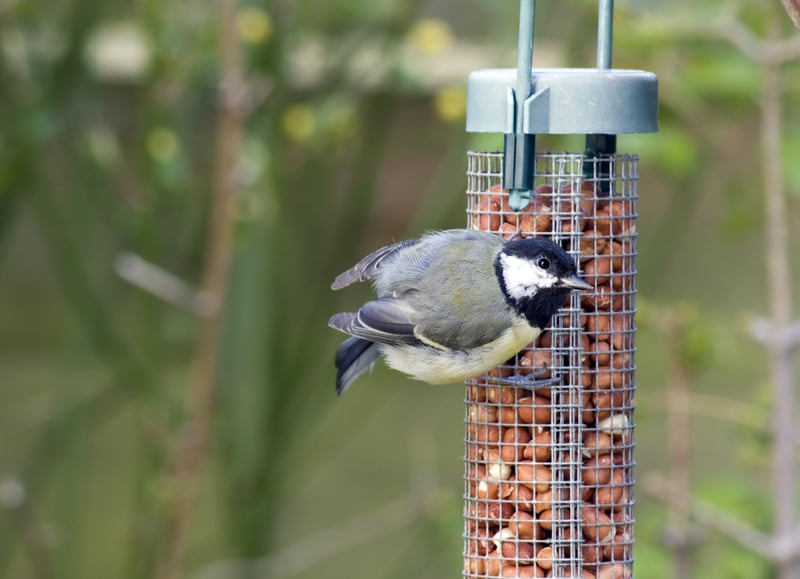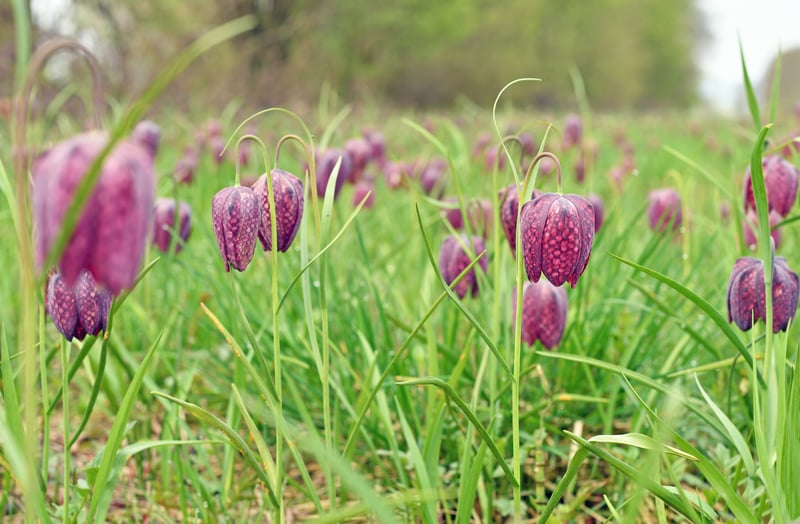Hi again, I’ve selected a few ideas that I strongly recommend for us beginner wildlife gardeners going into September.
Look for Seeds
If you have self-seeding biennials such as foxglove, forget me nots, primulas etc try to grab the seeds now and place in spots you wish to enjoy the flowers next year.
Prune Jasmine
Jasmine is ready for pruning
a.) Firstly, remove dead leaves (this helps prevent disease)
b.) Detangle those messy vines which no longer flower. This will promote healthy plant growth as well as improve its looks.
c.) Remove stems growing away from the chosen position of growth. You can control direction by trimming the leaf just above the stem that’s wandering off.
d.) Shorten stems to keep within the bounds of the trellis.

Reseed Your Lawn
Reseed any bare patches of lawn whilst it’s still warm and moist. You might want to use netting to cover the birds from eating them, though.
Planting
September is a great time for planting.
We can plant shrubs and perennials now because it’s still warm, has adequate light, and is usually moist. Planting now allows plants to establish before winter hits.
For winter interest, I recommend
Evergreen Shrubs
Mahonia – Easy maintenance, provides shelter and food for wildlife, very spiky.
Ilex – Holly, provides food during winter
Heather – provides all year round colour
Mexican orange blossom – stunning vibrant colours, and it’s easy to maintain.
Skimmia Japonica – provides food and shelter to wildlife
Hebe – Absolute favourite for wildlife, just coming into flower now over the next few months, a hardy evergreen
Viburnum – Coming into flower now with clusters somewhat similar to Hydrangeas, easy care, all winter colour.
Camellia – gorgeous glossy leaves, flowers similar to roses, very easy to grow but does need trimming to avoid overgrowth.
Acer – Japanese plants which come in a variety of colours, enjoy shade, and are low maintenance. Fits into most garden designs since they can look minimal and bushy.
Perennials
Hellebore
Daphne
Flax Lily – Phormium
Bluebells
Viola
Crocus
Snowdrops
Chionodoxa
Winter aconites
Primrose
Trim hedges
Give hedges a final trim before winter.
Divide Perennials
Just use the healthy growers; this will increase your stock for quality flowering, which you can use, share and donate with the wider community. Here is a good guide on what plants you can divide, and how to go about doing it.

Nematodes
Now is an excellent time to use nematodes to control grubs in the lawn. Nematodes are microscopic creatures that act as parasites on pests. You can buy them easily online.
Sow Wildflower Seeds
Wildflower seeds can be sown now in full sun to start flowering in May.
Hanging Baskets
Hanging baskets with summer annuals can look great into mid-autumn if you keep deadheading and watering.
Winter Salad
You can sow winter salads like lettuce; you might want to protect yourself from frost. You can do this by using fleece.
Feed Birds
Keep feeding the birds, and if possible, also feed the hedgehogs some meat-based cat, dog or hedgehog specialist food.

Grass
Leave long grass so it can shelter wildlife over winter. Reducing mowing is also shown to make grass stronger and more drought resistant.
Pond
Net your pond to prevent leaves from falling in and decaying, which can increase nutrients (encouraging algae) reduce oxygen and increase the build-up of silt.
Bulbs
Plant bulbs for naturalising. There’s an extensive list available online. RHS suggests snake’s head fritillary, bluebells, and wood anemones.

Nesting Boxes
Clear out nesting boxes if you have any in your garden. It’s a curious task to complete because the findings are fascinating (send us photos!). We do this so that birds can use them for roosting over winter. You can also pop a little dry grass inside to make it that bit warmer if you’re very kind.
If you would like more information on wildlife gardening, or want to keep up with more of our news, get in touch on either our Facebook page, Instagram, or email

Leave a Reply